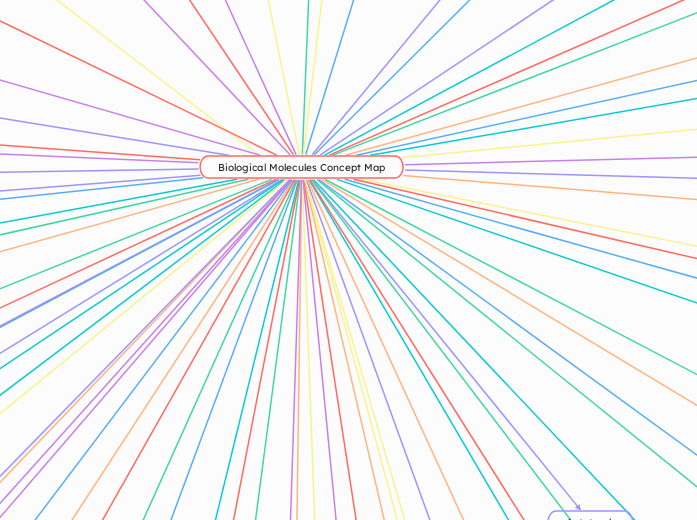Has a specific food system
A sugar used in DNA
Both are structure of a protein
Important organelle of a cell
Both help with the transportation of molecules and messages throughout the cell
Phospholipid bilayers are the most important part of a cell membrane
Used to measure the diameter and width of microscopic things like ribosomes
Very similar in where they are chains of monosaccharides linked together
Both part of DNA
Combine with other monomers to create a polymer
A type of IFA
A type of IFA
Glycerol is created by carbohydrates
Both are lipids
A side chain can be a functional group which is coming off of the main backbone
Sugar used to create the pentose sugar in a nucleotide
Bind together which causes ion channels to open and/or close
Important organelle of a cell
a protein which stretches across the width of a cell membrane
Has a specific food system
Both are structure of a protein
A type of macronutrient
Important organelle of a cell
Created due to two monosaccahrides combining together
Glycosidic linkage link carbs to another group
Are the opposites of each other
Both lipids
There are 9 essential amino acids
Nitrogenous bases help to make up nucleotides
A carbohydrate is an essential nutrient
DV are part of a fair test
Important organelle of a cell
Both types of methods used to look at atoms
Important organelle of a cell
NADP+ is NAD+ with an extra phosphate group
Important organelle of a cell
Wax is a hydrophobic lipid
Contains an ester linkage
Both lipids
A type of IFA
Important organelle of a cell
IV are part of a fair test
Both contain a group of lipids
NAD+ helps to store potential energy
Important organelle of a cell
They are both the things in an experiment which are not being changed
All heterotrophs have hormones
A phospholipid is amphipathic due to the polar and non-polar parts
A chain of monosaccharide linked together
A polypeptide is a chain of amino acids linked together
Both store energy
